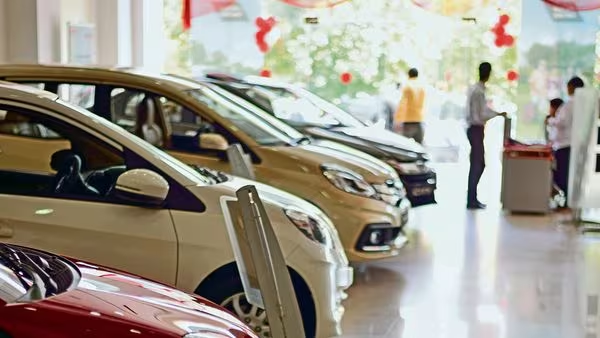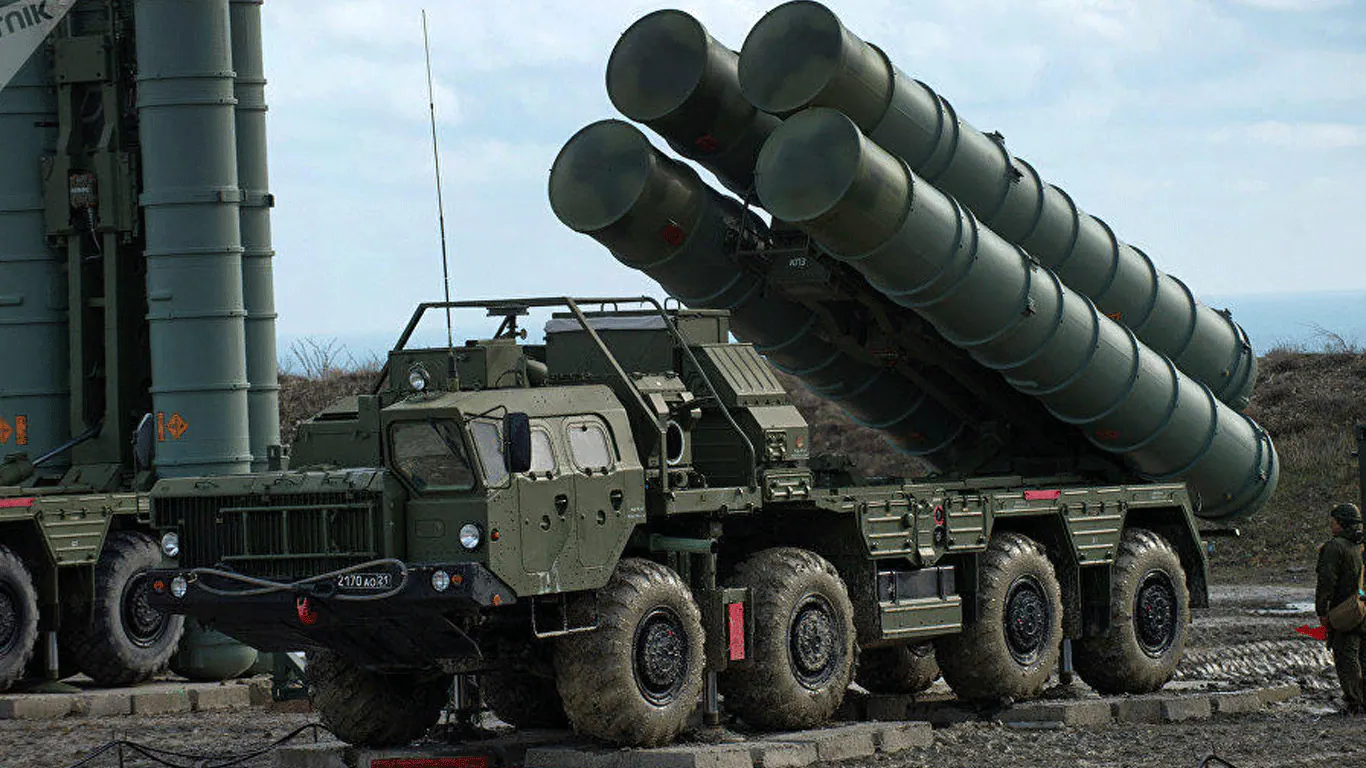
New Delhi: Ganesh Chaturthi (September 19- September 28), a 10-day festival celebrated in the country to mark the birthday of Lord Ganesha, has concluded on an upbeat note and contributed to a good sales growth in the automobile industry.
According to Rohan Kanwar Gupta, Vice President & Sector Head – Corporate Ratings, ICRA, the retails during the Ganesh Chaturthi festive period remained healthier than previous fiscal across both the passenger vehicles (PV) and two wheeler (2W) segments.
“While the PV retails were only marginally higher than in the previous year (led by a high base), the 2W retails represented a material increase on a YoY basis. The sustenance of this demand in the 2W segment remains monitorable, amid concerns regarding impact of sub-par monsoon on rural demand,” he said.
The auspicious festive period creates mutual benefits for all stakeholders of the industry as it translates to favourable deals for prospective buyers and opportunity of inventory clearance for OEMs and dealers. The 10-day period was significant for the industry as it is the first festival (celebrated across different states of the country) after Onam (largely celebrated in Kerala), Raksha Bandhan, and Janmashtami.
Interestingly, this is also a major festival of a ‘normal’ festive year — a year which is not constrained by severe production related challenges, availability of semiconductors or global supply chain issues.
Source: ICRA via VAHAN data
As per the data for the 10-day period, the retail sales for PVs and 2Ws were the highest in 2023 when compared to the last five years.
Manish Raj Singhania, President, Federation of Automobile Dealers Association (FADA), said that the retail sales during the 10-day Ganesh festival was “on a bull-run recording a very positive momentum”.
Celebrated across states like Maharashtra, Chhattisgarh, Madhya Pradesh, Rajasthan, Punjab, Haryana, among others, it has seen growth in both PV and 2W segments, he noted.
Last month, ETAuto reported that the festive season is expected to record about 1 million (10 lakh) units this year.
The festive season in the country usually accounts for about 23%-26% of annual sales volumes of the auto industry. This year, it is a 87-day long period, which began with Onam on August 17 and will end on November 14 with Bhaiya Dooj. Last year, the festive period accounted for 71 days as festivals like Diwali and Bhaiya Dooj fell in October.
Shashank Srivastava, Sr Executive Officer- Marketing & Sales, Maruti Suzuki, said, “The demand during the Ganpati period has been strong. With production constraints easing out, stock availability is not an issue anymore. Entry level models have also performed well, specifically in states like Kerala.”
Despite the record breaking high base of last year, industry leaders are confident of reaching peak sales during the month of September. Experts suggest that for the month of September, the dealers are stocking up in anticipation of positive demand from consumers and retail sales are expected to be about 20,000 units less than the wholesales. For the month of October, however, there is more in store and retail sales could be higher than wholesales.
The month of October has begun with the ‘Pitru Paksha’ or Shraddh period (September 29- October 14), which holds great spiritual significance in the country but is considered inauspicious for buying new things. However, the month will end with the 9-day long auspicious period of Navratri (October 15- October 24), which is expected to bring in stronger demand.
Tarun Garg, Chief Operating Officer, Hyundai Motor India said, “The preparations for the Navratri have already begun. Things are looking very good. While the pent up demand is over, the fresh demand is very strong now.”
Entering the festive season, Hyundai’s stock levels were at 20-25 days. The carmaker expects 8-9% growth in demand during the month of September.
Dhanteras is considered a big festival in the urban areas and the Navratri period garners strong momentum from the rural, Singhania of FADA said.
















